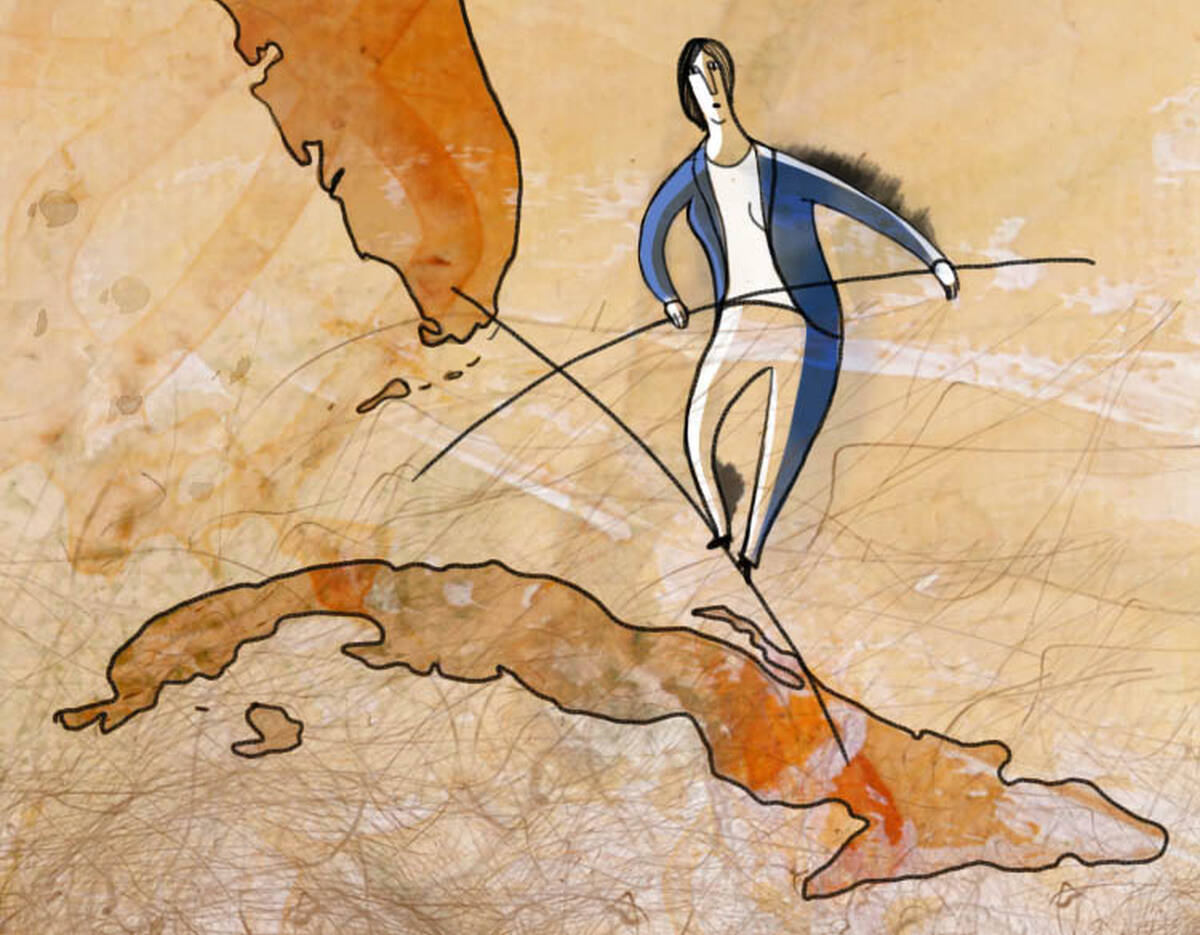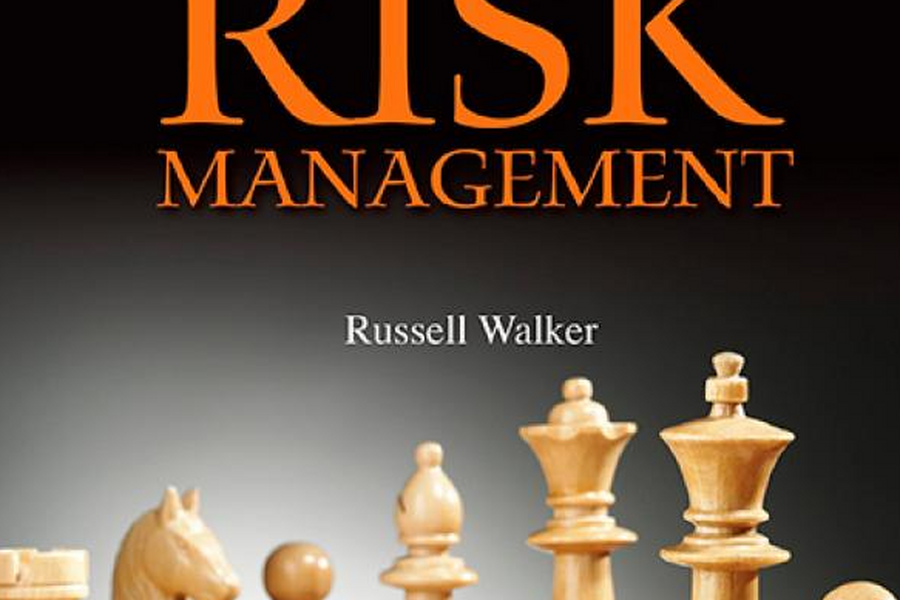“There is a lot of opportunity for rapid market expansion, high growth, and increases in per capita income,” says Ben Jones, a professor of strategy and faculty director of the Kellogg Innovation and Entrepreneurship Initiative at the Kellogg School. “The U.S. could present enormous demand for Cuban goods and services, and massive accelerations are historically associated with big shifts toward trade openness. But for Cuba, those opportunities are conditional on a large number of reforms.”
Russell Walker, a clinical associate professor of management economics and decision sciences at the Kellogg School, and a Cuban-American, sees an opening for international companies in consumer package goods, refrigeration, and building supplies to a domestic audience. But he cautions, “you’re dealing with a totalitarian government that has a history of revoking and altering grants and policies. This is one of the things investors look to in terms of ease of doing business: Will I be able to manage my asset, control it, sell it, dispose of it, and get my profits out? For a long period of time, the answer has been essentially ‘no,’ unless you’ve crafted a unique deal with the Cuban government.”
So what will it take to make Cuba’s economic opportunities a reality?
Strengthening Property Rights
Cuba’s current government lacks a market-based foundation that would encourage foreign investment. Strengthening property rights and contract enforcement would change that picture significantly, Jones believes, and allow for growth.
But rewriting laws and enforcing them, or making credible promises to foreign companies that want to come set up shop, won’t be easy. “There are a lot of vested interests in Cuba based around the existing systems that aren’t going to go quietly into the night, and are going to resist reforms that would cut against their resources and their capacity to stay in business,” Jones says.
Cuba will need to commit to much larger, more comprehensive market reforms to lure American businesses. Ultimately, the nation must convince entrepreneurs “that they will in fact enjoy some of the fruits of their labor,” says Jones, “and not have it be fundamentally taken from them by the government, in one way or another.”
Read more about Risk Lab’srecent examination of entrepreneurship in Cuba.
And the convincing will not come easily. Further complicating efforts are longstanding disputes over privately owned businesses and real estate that were seized by the Cuban government after the revolution. “I think that that will be an ongoing brake on the capacity of the U.S. government politically to engage Cuba,” Jones says. “One thing we know about property rights is that it’s pretty hard to take someone’s property and stop hearing about it. It can go on for a long, long time—decades, centuries.”
Fixing the Currency
Another serious impediment to foreign investment is Cuba’s dual currency system, says Russell Walker.
The “national peso,” which the government uses to pay workers’ wages and price local goods such as food, is essentially worthless outside of Cuba; the “convertible peso,” used by tourists and upscale retailers, is arbitrarily and artificially valued at 25 times the national peso level domestically, but at one to one for national and foreign investors. Any company that wants to operate aboveboard in Cuba has to navigate this thicket.
“Currently, there are really no places in the world that trade Cuban pesos,” Walker says. “So getting your gains out isn’t as easy as it might be in other parts of the world.” For companies looking to invest, there is little incentive if the Cuban government is not interested in changing the way capital flows into and out of the country, though there are signs that Cuba may remove the convertible peso from circulation in the next year as part of a larger set of business-friendly reforms.
Making Investment Worth the Trouble
While Cuba has the region’s largest population at more than 11 million, it has a very low GDP per capita, and more than 50 years of U.S. sanctions have not primed the country to take off. Supplying goods for production on an island where many raw materials must be shipped in—often under crippling, punitive tariffs—will have to be reimagined to make the country a competitive destination for manufacturing.
“What is not clear is whether entering Cuba to make things in Cuba is acceptable yet from a risk perspective,” Walker says. International producers of consumer packaged goods and food products tend to be very large companies that may look at Cuba as lacking sufficient volume and buying power. “The justification for them to deploy capital there would probably be hard to make.”
As foreign manufacturers try to partner with existing Cuban companies, they are finding that those producers’ infrastructures are not technologically advanced enough to compete in many sectors. The Cuban government’s traditional defensive posture—restrict trade in order to give domestic companies a leg up—may have worked in the past, but reducing the free flow of goods via protectionist policies ultimately does Cuban entrepreneurs hungry for resources a disservice, acting as a further drag on innovation.
“Cubans struggle to purchase a lot of simple things that are necessary to start a business, and so a lot of those things come from the U.S.,” Walker says. “The country will have a massive transformation as more goods become available, and that will likely alter many entrepreneur opportunities.”
Avoiding the Tourism Trap
Since the December announcement, there has been a flurry of feature stories on the effects an American influx will have on the tourism industry in Cuba. But American tourism may not be a cure-all for the Cuban economy.
“If you look at other destinations in the region, tourism has helped in some ways, but it’s a bit of a trap as well,” Jones says. “The jobs in tourism in those economies aren’t great jobs. It’s not a step toward industrialization, or becoming major exporters of goods and services, or becoming high-tech, or a cluster of entrepreneurship—things that might be more durable sources of growth over long periods of time. I doubt tourism would be transformative to the Cuban economy.” Indeed, European and Canadian tourists—who currently have much more access to the country—have not yet driven great wealth gains.
Still, Walker points out that American tourism has the potential to revitalize Cuba for another reason: aspiration. “U.S. dollars will get in the hands of more Cubans,” he says. “They will see more of the things that we own, which will create an enormous pressure for those things to be available—everything from our food and soap, to our iPhones and iPads and clothing.”
As that demand grows, Walker can see sales bubbling up in quasi-retail settings like the current black market. If products can demonstrate their viability in that context, retailers that have an interest in a more permanent presence will take notice.

